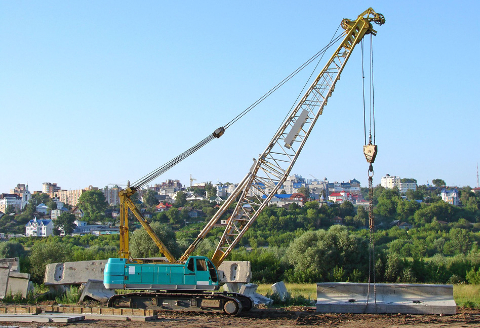

| Topic: Mobile Crane Brake Failure Leads to Near Miss | |
| Date Issued: November 23, 2012 | Date Revised: |
Employers, owners and mobile crane operators need to be vigilant when using a hoisting apparatus equipped with band-on-drum type brakes. Possible causes of brake failure include:
Temperature: A significant drop in temperature can cause slight shrinkage of the brake band. When clearance tolerances are set too low, any shrinkage could cause the parts to seize.
Moisture: Excess moisture on the brake drum can cause the brake to slip. Also, any moisture between the lever and pin can freeze in cold temperatures, causing the brake to slip.
Corrosion: Corrosion on the mating faces can build up and cause interference.
Lubrication: Due to the lever’s minimal movement, any grease applied from the fitting would have difficulty lubricating the full circumference of the pin, as per manufacturers’ design specification.
Brake lining wear: Adjustments on the brakes need to be verified periodically based on the crane’s usage. Even wear of 0.002” on the brake lining can compound the effects of the lack of movement on the lever.
